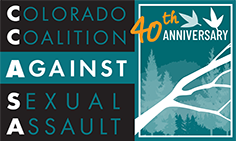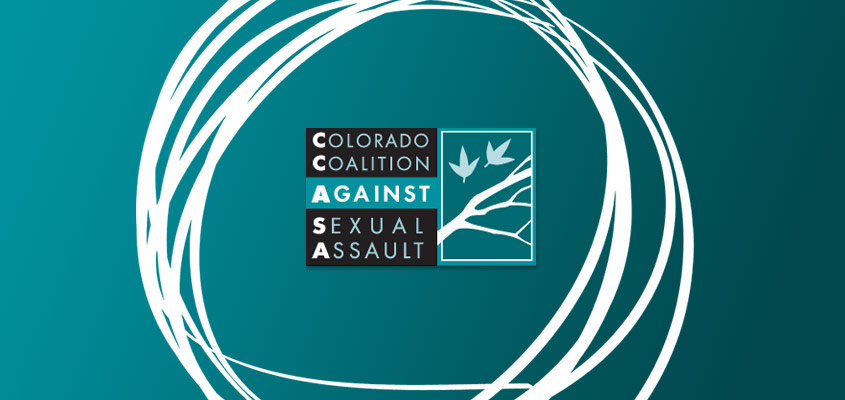by Guest Blogger, Quinn Becker from the Iowa Coalition Against Sexual Assault
Let us start with Rape Culture 101: it exists. It is everywhere. (There are people who do not believe rape culture exists, like this young man.) Rape culture is the fact that every two minutes, someone in the United States is sexually assaulted. Rape culture is the way in which sexual assault is encouraged in all aspects of our culture through the promotion of sexual violence in television, video games, music, and films.
On my college campus, I am around rape culture on a daily basis. It is nearly impossible to walk across campus without hearing someone use the word “rape” to describe something that is inherently not a forced or coerced sexual act- for example, “This accounting test is going to rape me.” The idea that sexual assault is so normalized in our culture that individuals use the term “rape” in this way is a concrete example of society’s rape culture. Sexual violence is not a joke, and should not be taken lightly and trivialized in every day conversation. Downplaying the effects of sexual assault by using “rape” in this way also downplays the effect that sexual assault has on survivors. A survivor could be triggered by statements that make light of sexual violence, and these statements could also make that survivor feel as though the sexual violence they endured is not a crime.
Another example of rape culture that has become embedded in the collegiate atmosphere is that of slut shaming. Following a weekend of parties and nights out at the bars, there is a steady stream of slut shaming all around campus. “Did you see so-and-so on Saturday? Her dress was so short and she looked like such a [insert derogatory word for woman of your choice].” “Did you hear about so-and-so hooking up with so-and-so? I heard that’s the seventh guy she’s hooked up with in like, two weeks.” There are more conversations than these examples that fill my ears as I enter a classroom, the library, or a coffee shop. Women are being judged on their clothing, actions, and choices every day. Women are derided for the way they dress and the number of sexual partners they have. Society rarely judges men for their clothing choices or number of sexual partners. Judging an individual for their actions is itself indicative of rape culture- their clothing choices and sexual partners are their choices and they should not be judged for those choices.
Close behind those slut shaming discussions lies a troubling, detrimental trend of victim blaming. This is the idea that a woman deserved to be the victim of sexual assault; that she was “asking for it” because of the clothing she was wearing, or the amount of alcohol she chose to drink. Victim blaming is what it sounds like; placing the blame on the victim. This is telling victims of sexual assault, men and women alike, that they are to blame for their assault; not the assailant. This is letting perpetrators of sexual assault off the hook- often leaving the survivor traumatized and victimized by further harassment.
This is Part 1 of a 2-Part Segment about sexual harassment on college campuses. Look for Part 2 on December 20, 2013.
As of this writing, UConn is undergoing a federal investigation for how they have handled complaints about sexual assault.
Special Thanks to Quinn Becker for tackling this topic, and to the Iowa Coalition Against Sexual Assault for giving her the time to write this blog for us. We look forward to more posts from her. Quinn is a junior at Drake University in Des Moines, Iowa with a passion for raising awareness of sexual violence and a goal to help end it. She is the new Communications Intern at the Iowa Coalition Against Sexual Assault.

